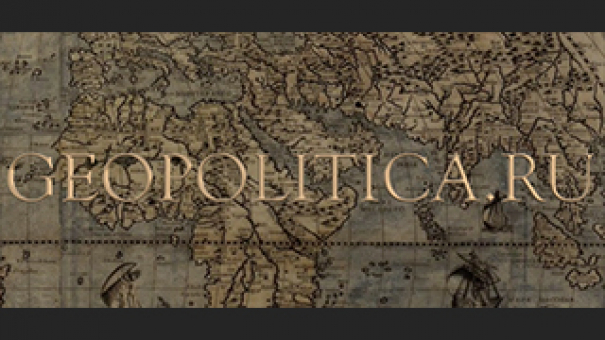EU: White Paper Explores Options for the Bloc's Future
A white paper being prepared by the European Commission explores the future of the European Union. Based on a leaked draft of the report published March 1, it will outline possibilities for shaping European integration by strengthening the bloc's single market and tightening cooperation in other areas. The scenarios in the paper, to be published near the end of the month around the 60th anniversary of the European Union's genesis in the 1957 Treaties of Rome, explore a range of options from maintaining the current situation to essentially creating a federal system.
The objective of the report is to provide a common framework for EU states to discuss ways to avoid its collapse at a time when the United Kingdom prepares to start negotiations over its exit and political forces across Europe assail the European Union. There are five possibilities put forth in the draft of the report for the European Union's future.
One closely resembles the current state of the bloc: National governments would continue deepening integration in the single market, with possible greater coordination on foreign and military policy. But other prerogatives, such as border controls, would be returned to member states. However, if the objective is to preserve the union, this option is not likely to produce success, considering the stressors pulling the union apart now.
Another scenario would follow a minimalistic path: making the single market the main focus of European integration. The single market is the core of the European Union, and focusing on this aspect alone would mean repatriating sovereignty to member states on most policy areas. As a consequence, the collective decision-making of the European Union would be significantly reduced, making it possible that the single market would run up against indirect obstacles.
A third idea offers a vision of a multispeed Europe, where "coalitions of the willing" would cooperate in specific policy areas in addition to a general focus on the single market. This would allow different configurations of member states to deepen integration in a specific policy area, such as defense, security, taxation or social policy. European treaties already include the possibility of enhanced cooperation among a few member states in certain areas. However, member states that refuse further integration already oppose this idea for fear that they will become "second-tier" member states.
A fourth option would be to focus integration on a smaller number of policy areas, such as security and defense, trade, and innovation. Under this scenario, the European Union would increase integration in a limited number of areas where it brings added value, increasing efficiency. Still, member states would have to agree on which priorities to pursue, all together.
The final proposal would be to increase integration in all aspects of policy, giving more resources and power to the institutions in Brussels. This scenario would be an indirect federalist evolution in which the European Union would take even more powers from member states. Given the rising opposition to even current levels of integration, it does not represent a very realistic option.
The white paper is only the beginning of a long conversation among EU member states about the bloc's future. The EU Commission sees increasing challenges for the bloc, which either needs more resources or to reduce its scope. European Commission President Jean-Claude Juncker is likely to continue talks at least until his State of the Union speech in September. EU member states will then probably keep negotiating on their future until the end of the year.
Source: Stratfor













